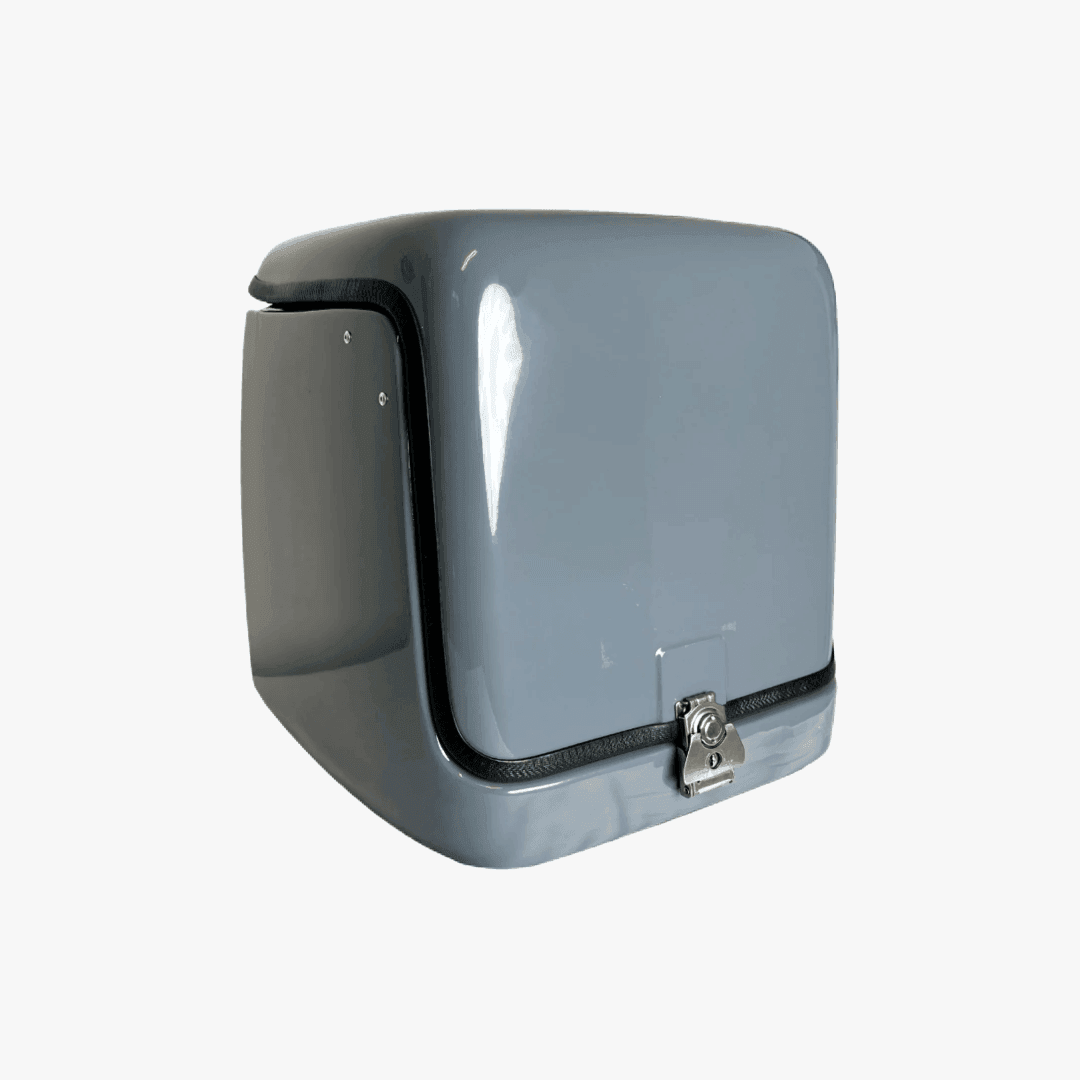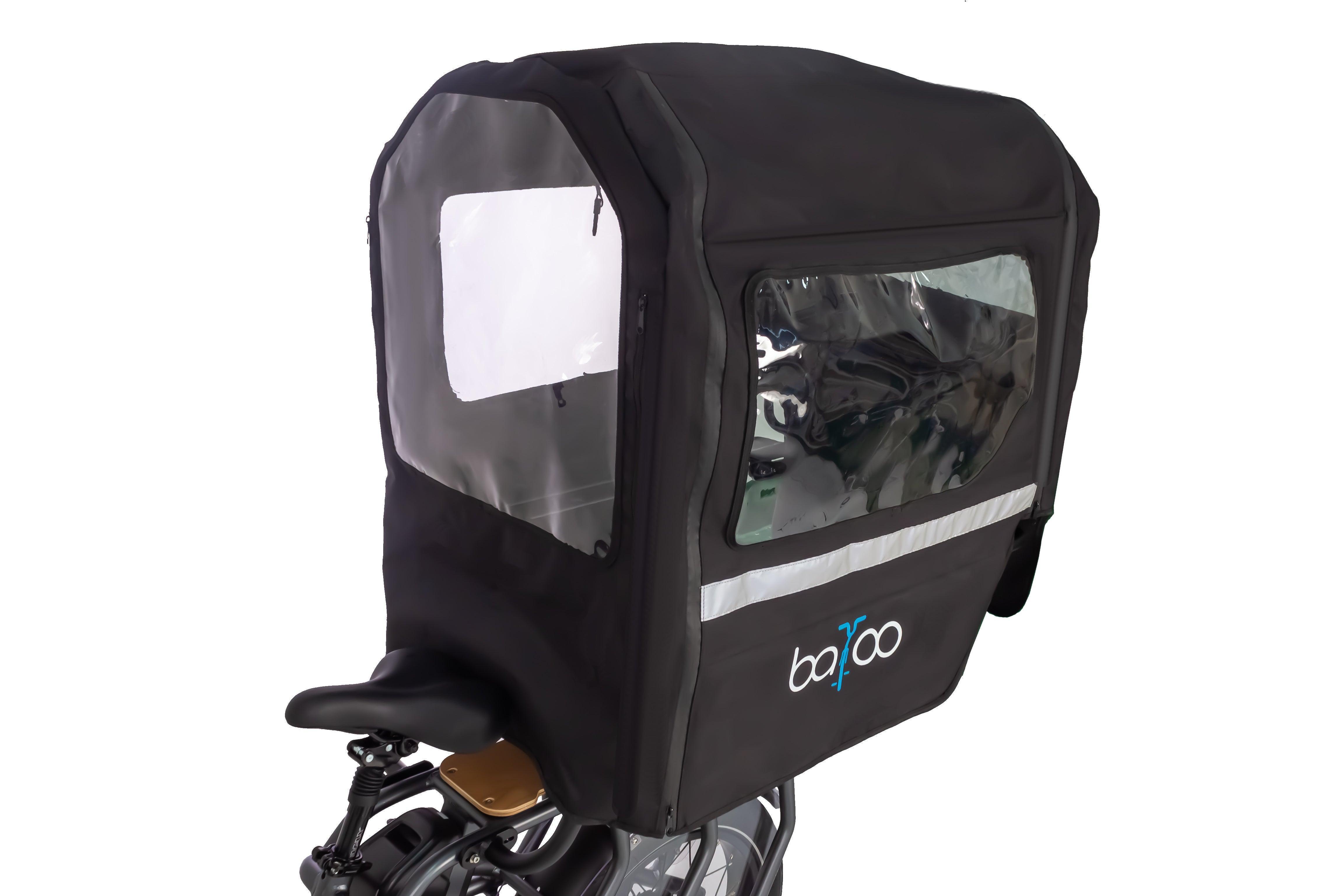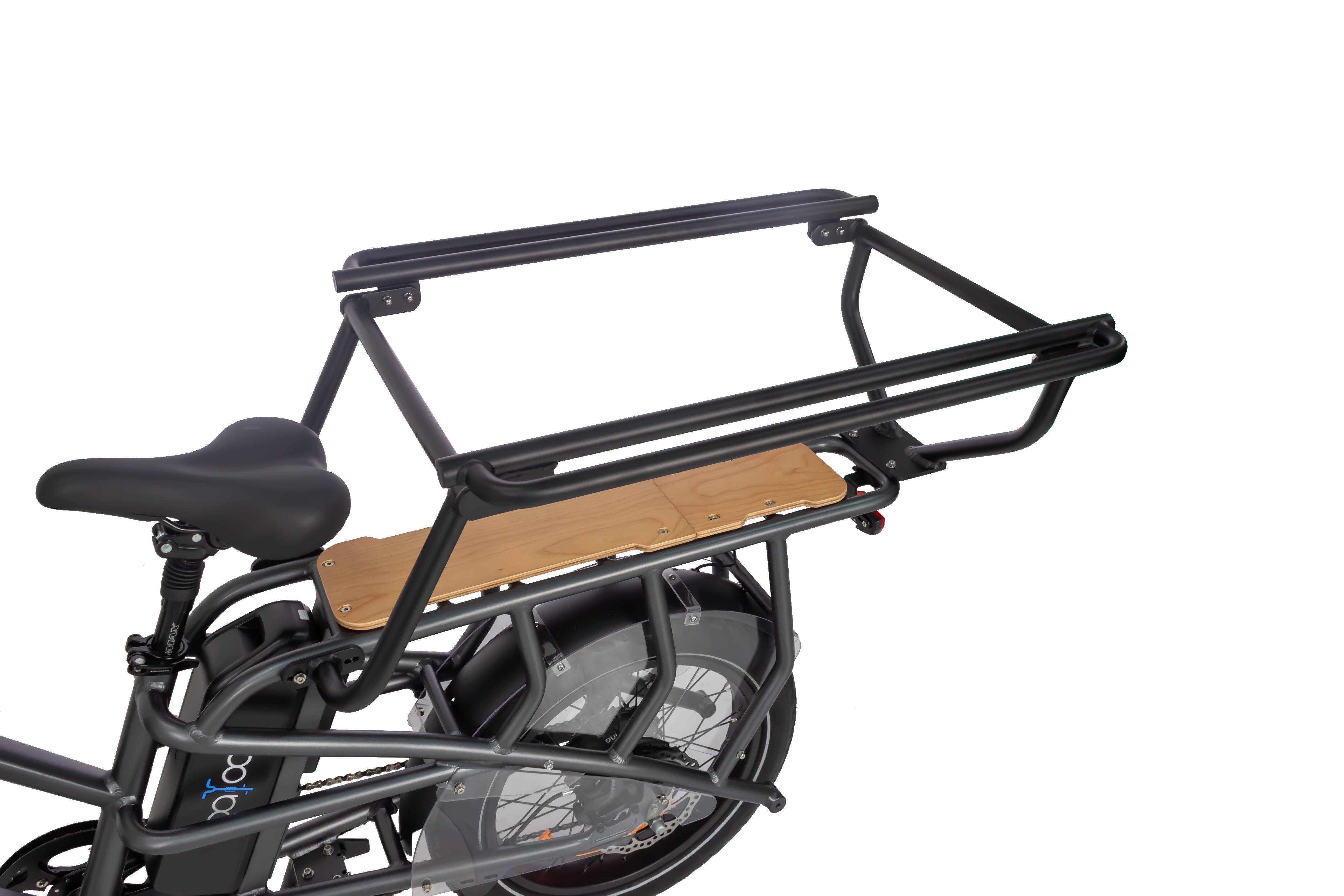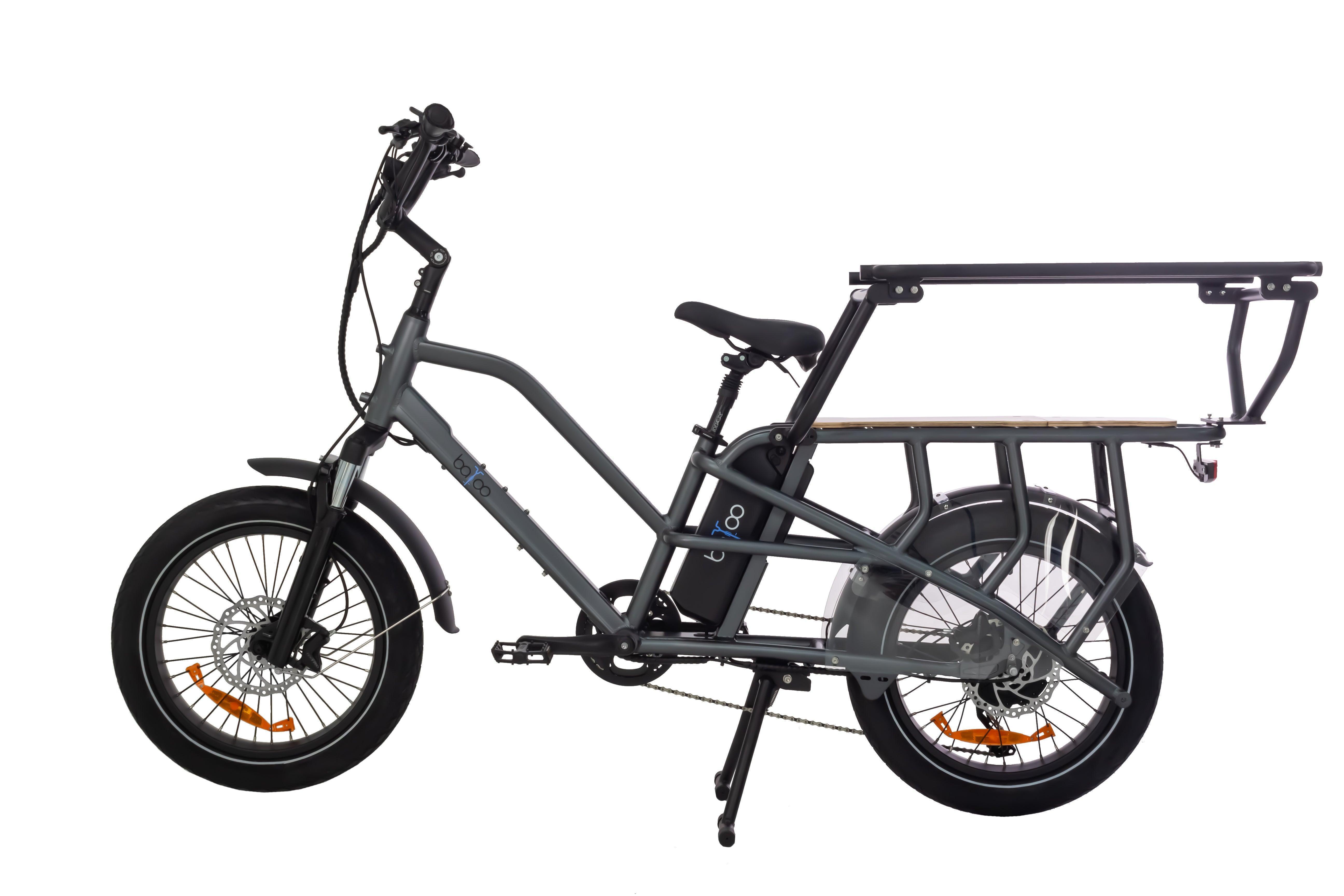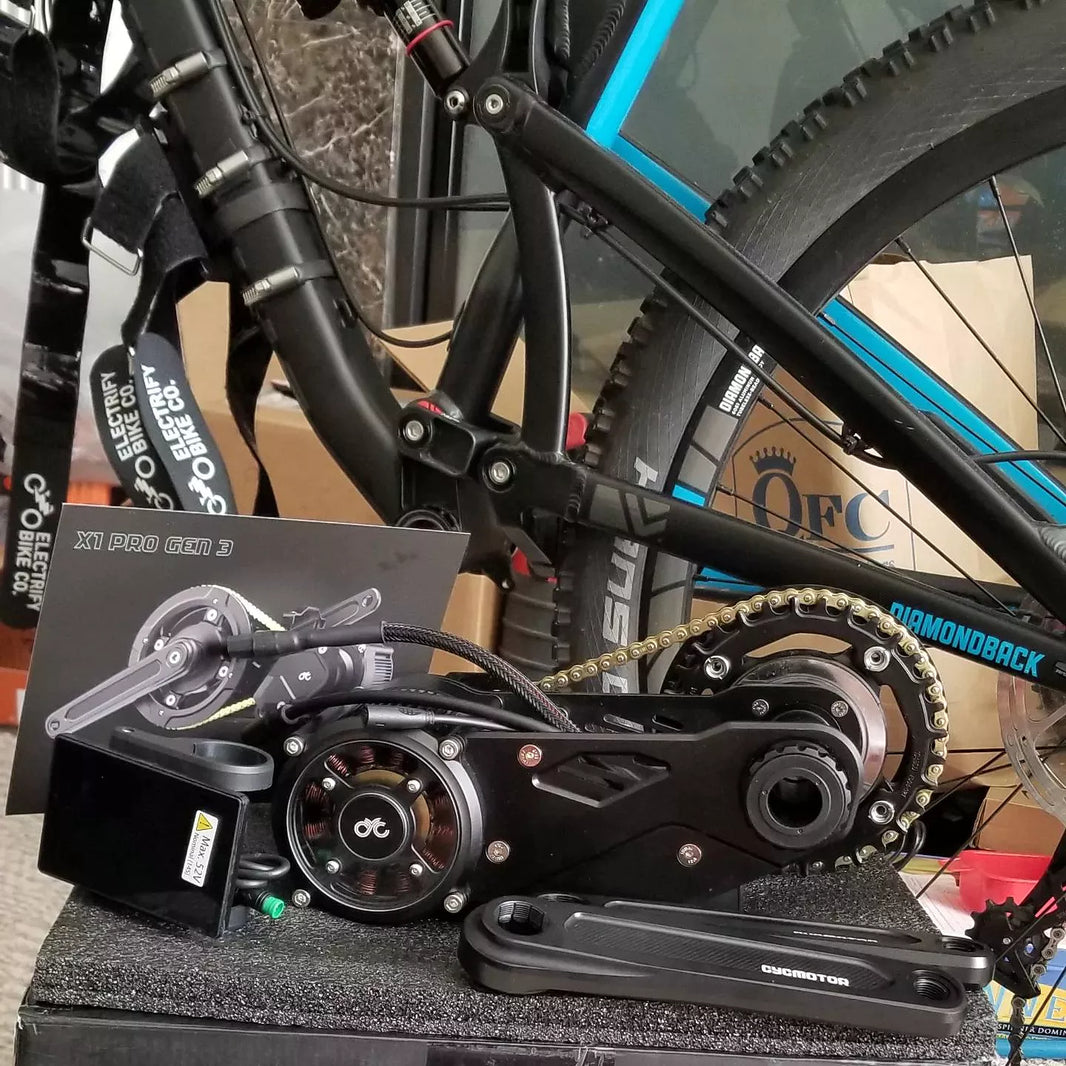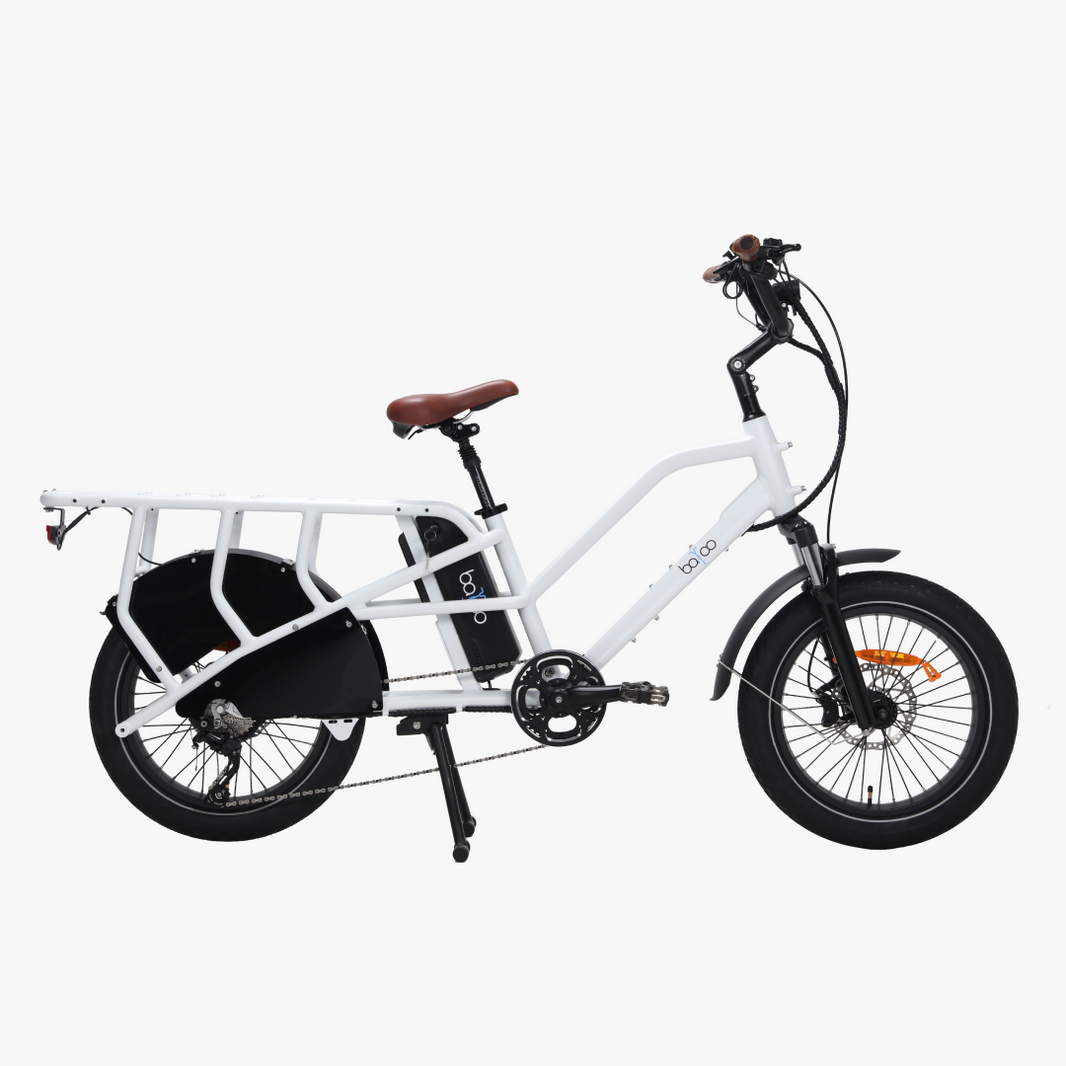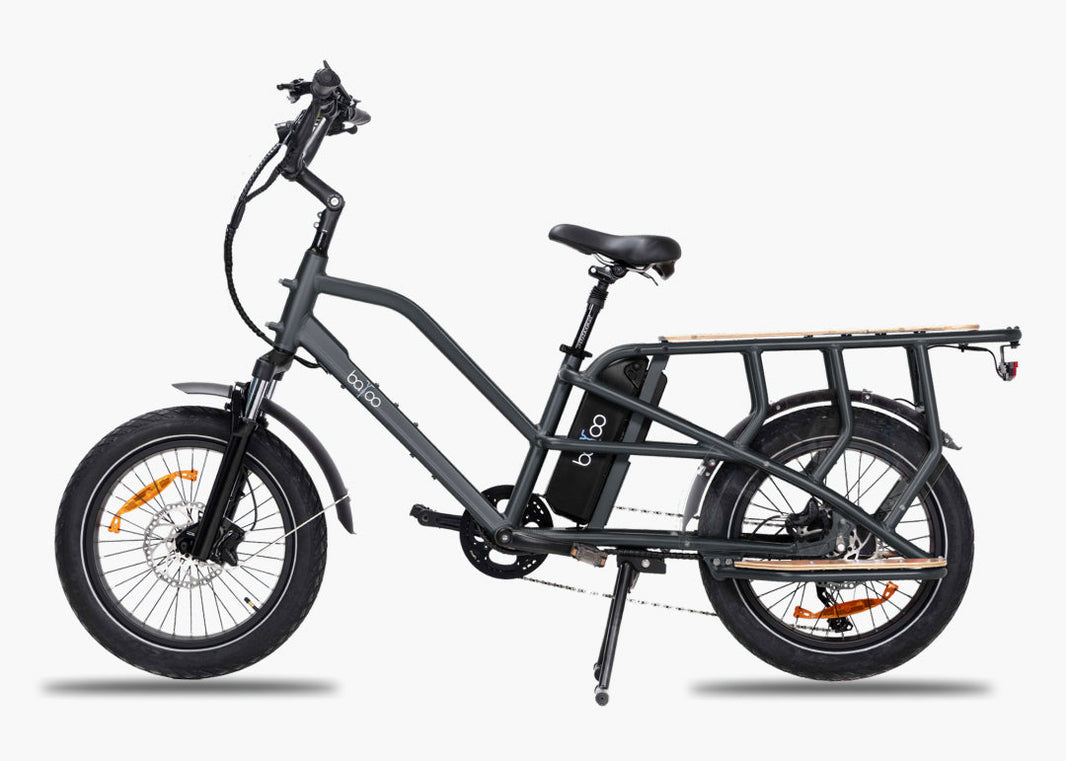Electric bikes are made up of elements common to other bikes such as brakes, gears, or the drive chain, but in addition, they are equipped with a lithium-ion battery, a pedal or hub motor, an electronic screen, which are therefore more technological and more fragile elements.
What is the lifespan of an electric bike? Battery, motor, brakes... It is difficult to answer this question precisely because many factors come into play, including the brand of the bike, its model, and proper maintenance, but generally speaking, the lifespan of an electric bike is estimated at between 3 and 5 years.
Let’s see why in more detail…
The lifespan of electric bikes

The lifespan of an electric bike can vary from one model to another, but the estimated lifespan of such a machine is approximately 3 to 5 years, although some can last longer.
This lifespan is limited mainly by the electrical components that make up the bike, such as the battery and the motor. What is the lifespan of an electric bike? Battery, motor, brakes... For the lifespan of a bike's battery in kilometers, the duration is estimated between 1600 and 4800 km, sometimes even 6500 km.
Of course, when talking about the lifespan of an electric bike, other factors come into play. This is the case, first of all, of the proper maintenance of the bike, but it also depends on the road conditions and your riding style, urban or other routes, the frequency of use, the model and the electric bike brand . It may also depend on your region, its climate, where your bike is stored and whether or not you take care of its main component, the battery.
With proper care and maintenance, a good electric bike can last up to 10 years.
The lifespan of the various components
Overall, the main elements that make up an electric bike also have a lifespan. Let's see on average how long the motor and the battery last, which are the main elements of an electric bike.
Lifespan of an electric bike motor:
An electric bike's motor is , by design, designed to last for several years. A bike's motor is a sealed, closed system that doesn't require any special maintenance.
Typically this engine is designed to last over 10,000 kilometers, sometimes more, sometimes less.
It should be considered that if the engine is not always running and if the weight of the cyclist is not too high, the engine has a better chance of lasting longer.
The motor is designed to provide assistance to the cyclist, so other parts of the bike will be replaced before the motor fails, such as the brakes, the chain and probably also the battery.
Problems with motors are quite rare and in the event of a malfunction, it is necessary to contact your dealer, the manufacturer or an electric bike repair shop.
Tips to make your engine last longer are:
- Avoid riding in puddles.
- In wet conditions, remember to dry the engine.
- No pressure washer to clean the bike.
Battery life of an electric bike:
For the electric bike battery life, the battery is the essential and most important element of an electric bike, it is responsible for powering the motor and therefore also for the autonomy that your machine offers you.
Here again, estimating the lifespan of an electric bike's battery will depend on certain factors to consider such as: proper use of the battery, respecting the charge, storage carried out in optimal conditions, etc.
Electric bikes use high-quality lithium-ion batteries that are lightweight, compact, and safe to use in all weather conditions, even snow and rain.
It is the frequency of use of the bicycle that determines the wear of the other components of the bicycle.
Electric bike batteries tend to lose their capacity over time and also if the bike is not used. It's also worth noting that the battery alone represents a third of the cost of an electric bike. A well-maintained battery can last between 3 and 5 years, or about 1000 charge cycles. After that, it often loses power and becomes less and less efficient. However, good monitoring and maintenance can once again give it a longer lifespan.
It is also not always necessary to systematically change the battery when it shows signs of fatigue; having it reconditioned is often the right solution, more economical and more ecological.
How to extend the life of your electric bike battery?

To extend the battery life of an electric bike, it is essential to consider the following tips:
Store your battery in a cool, dry place, at a temperature between 15°C and 20°C. If you are not using your bike for a long period of time, store your battery charged to between 40 and 60% of its charge. An unused battery should be charged every 2 to 4 months; be aware that batteries lose approximately 5% of their charge each month, even if they are not in use.
Avoid ultra-fast chargers, always opt for the original battery charger.
Be careful never to completely drain the battery; it is best to recharge it as soon as the level reaches 20% charge.
Also avoid leaving the battery on the charger for too long, 6 to 8 hours is enough.
Humidity and water are not suitable for all electronic components, so high-pressure cleaning your bike could damage all of this. Likewise, riding in puddles should be avoided for the life of your battery.
By following these recommendations, you will extend the life of your battery and therefore your electric bike.
FAQs
How long does an electric bike battery last?
This may vary from model to model, but the average lifespan of an e-bike is three to five years, without any parts replacement or maintenance. How can this be explained? It's largely due to the failure of electrical components, particularly the motor and battery.
What mileage for an electric bike?
With 60 to 100 km per cycle, an electric bike can therefore travel between 30,000 and 50,000 km before a possible loss of autonomy. Bosch also claims that their batteries have a lifespan of 30,000 km and Shimano guarantees 60% capacity after 1,000 charge cycles!
What are the disadvantages of an electric bike?
An e-bike speed limited to 25 km/h? Limited battery life, heavy weight, price, increased risk of theft, and inconvenience in cold and/or rainy weather.
When to change your electric bike?
The lifespan of an electric bike motor is generally between 10,000 and 15,000 kilometers, or approximately 3 to 5 years of regular use. This lifespan can vary depending on the quality of the motor and the maintenance performed.
Conclusion
As you can see, the more an electric bike is used and maintained, the longer its lifespan can be. Proper maintenance is essential.
Proper cleaning, oiling, regular checks of the bike, proper battery charging, proper storage, all of this necessarily improves the condition of the bike.
Take the time to clean the frame and remove any debris that may be stuck in the drivetrain. Always make sure the battery is properly charged. Of course, the lifespan of a bike will always depend on how often you use it. If you ride your bike every day, it won't last forever; at some point, you'll have to replace it!















